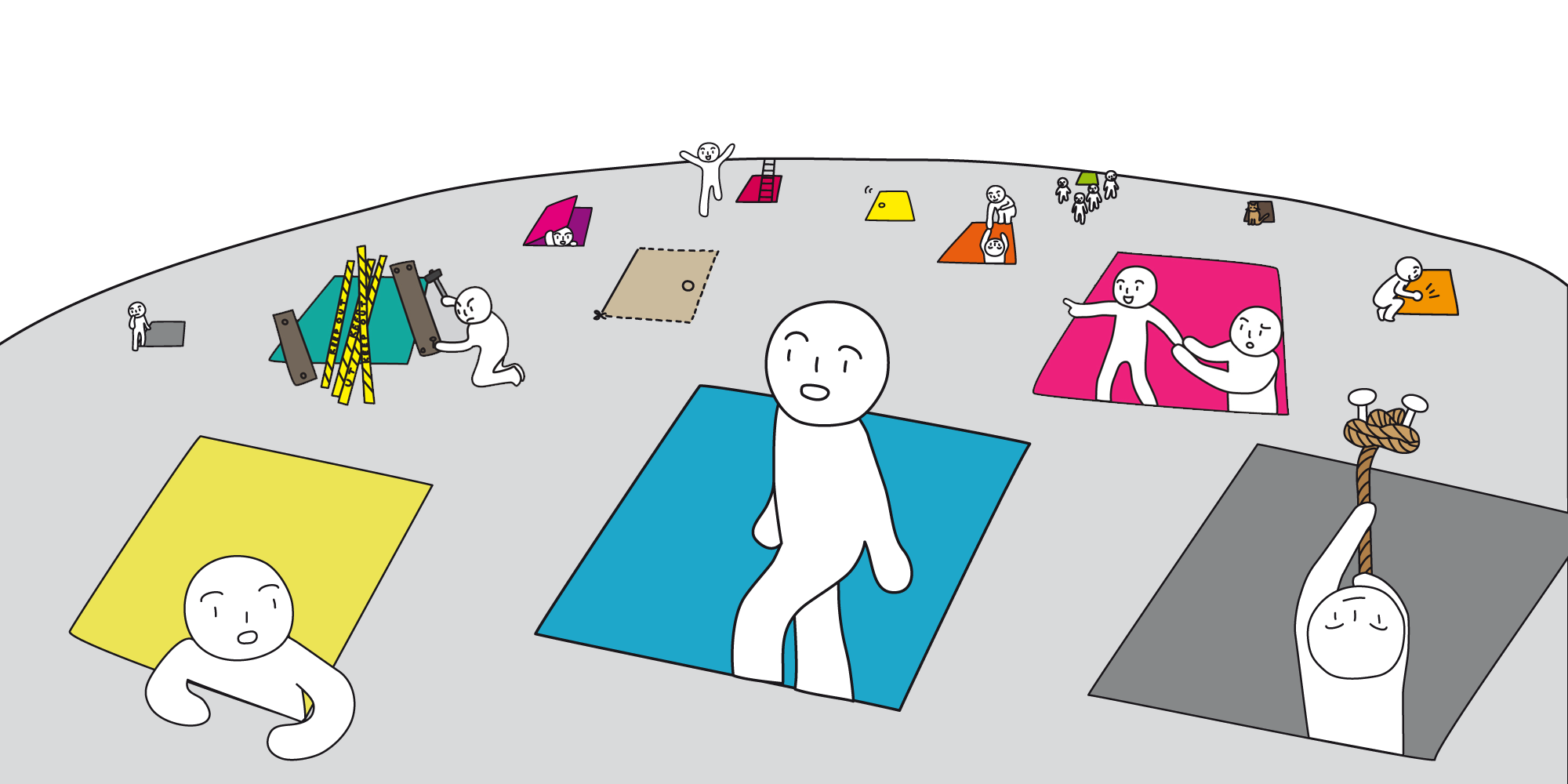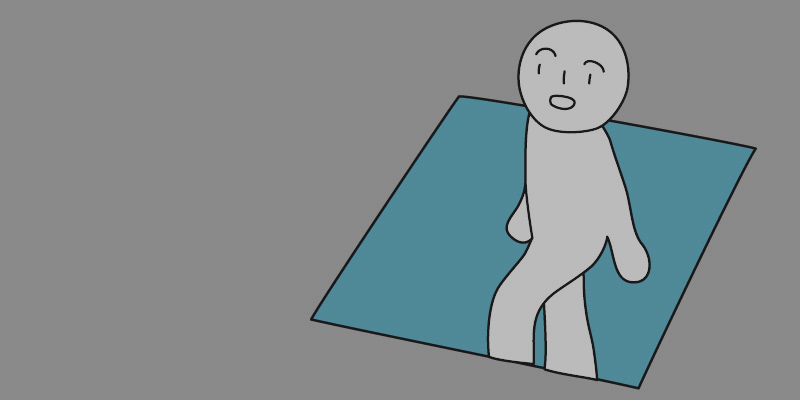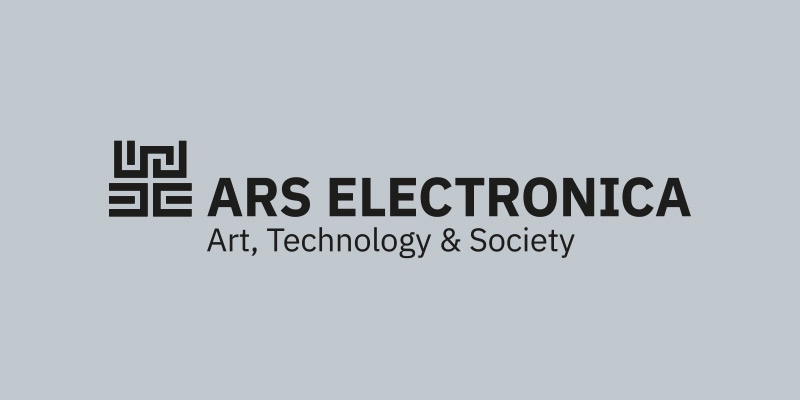Ganztags

Hyundai x ART
Hyundai Motor Company is one of the most committed supporters of contemporary arts and culture globally with various approaches – decade-long partnerships with the National Museum of Modern and Contemporary Art, Korea (MMCA), Tate, the Los Angeles County Museum of Art (LACMA), and partnerships with major art world events including the Biennale of Sydney, Korean Pavilion at the Venice Biennale and collaboration with the global media group Bloomberg, as well as supporting numerous art initiatives and prizes around the globe. Through working with Ars Electronica, Hyundai shares and improves their perspective on society as a place for collaboration and innovation together. In 2018/19, Hyundai and Ars Electronica have jointly curated three exhibitions on the theme of “Future Humanity — Our Shared Planet,” which were shown at the Hyundai Motorstudios in Beijing, Seoul and Moscow. Furthermore, the two partners have successfully collaborated on several projects, all with one common goal: to explore the intersection of art, technology and society.

City Walk
Multidisciplinary team of HKU students (INT)
In City Walk, several HKU students work in interdisciplinary teams to create different augmented reality video tours through the city center of Linz. They invite you to watch the city in a completely different way, by zooming in on specific stories and details that often stay unseen. The audience will be directed to the starting point of the city walk by the map on their phone. The video will guide the audience from that point. Walk safe: don’t forget to be aware of your surroundings and traffic!

Shadow of Original Sin
Xu Dongyan (CN), Guo Biyu (CN), Zhong Manting (CN), Zhengren Chen (CN)
Shadow of Original Sin is an interactive installation that explores human original sin. Where there’s light, there must be shadows. From the shadows, we can always see the dark side of human nature. The inside of the device will reflect the original sin inside of you as a human being. In the installation, the shadow of the audience will turn into a monster. The monster is completely controlled by the audience, and what the monster will react to depends on the audience. The subconscious evil of human nature is entirely exposed.

Casper’s Ex
Casper de Jong (NL)
Casper’s Ex is a playful interactive installation on the relationship between human beings and everyday technology. More specifically, this installation is about the relationship between our smartphones and ourselves. We feel attached to our devices, but as soon as a newer and better model crosses our path, we trade them in without remorse. The phone, however, cannot move on. Your data, your scent, and your picture is all they have left. Casper’s Ex is a lonely smartphone that’s been left behind and is trying to connect with you while you are passing by.
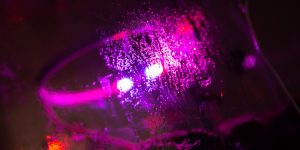
Flora
Pim Boreel (NL)
Flora is a living audiovisual installation that explores the relationship between human beings, technology and nature. This installation is an airtight glass cube, totally cut off from the outside world. Within this cube, an ecosystem is growing based on condensation. Fractal-like spores are taking shape on the glass. When drops of condensation hit sensors inside the installation, light and sound impulses are set in motion. Set within a dark space, this creates an experience for the audience around the living entity that is Flora.

Shared Habitats
The exhibition Shared Habitats focuses on the influence of technology on socio-cultural processes through fourteen works of a digital, biological, and interactive nature. The exhibition focuses on the location of organisms in their environment, the effects of humans on their habitats, and the artistic handling of new biomaterials and technologies. Many of the works on display are based on scientific experiments that are analyzed in a cultural context.
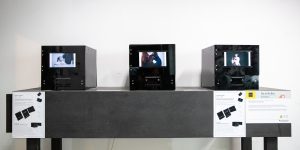
PSEUDOREALITY ALTERNATIVES
Cheung Kong School of Art and Design – Digital Media Art Department, Shantou University
Worldwide human society is moving from the digital to hyper digital age where virtuality is becoming as important as reality. Interpersonal communication is largely happening within a pseudo-real social landscape recently enriched with new artificial intelligence. However, we still find it confusing to navigate our existing social environment and understand each other clearly on different levels such as cultural, emotional, intellectual, and interpersonal. Through the works exhibited by Cheung Kong School of Art and Design, students are trying to communicate ideas of multiple understandings and misunderstandings, subtle and alternative meanings, and how that can affect our social and emotional realities. As artists and descendants of the Bauhaus, we recognize that our role is changing. We no longer believe in the heroic genius of the master who forms the world in a state of intuition. Embedding and feedback reveal that responsible action requires diverse cognitive variations that involve the counterpart in a performative way.
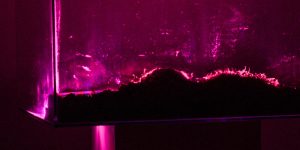
HKU Showcase
HKU University of the Arts Utrecht
HKU Showcase is a mini showcase of upcoming talents from the HKU University of the Arts Utrecht. The focus for this showcase is on three diverse works in the field of “playful intervention.” The HKU Expertise Centre for Creative Technology has curated this mini showcase.
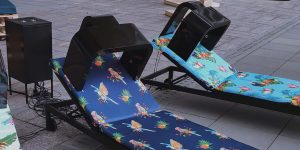
I am {Emotion}
Manolis Perrakis (LE) in collaboration with Mathis Antony (CH)
The installation is comprised by a sun lounger bed that the audience can lie on, and receive real-time “psychological” advice. GPT2 in conjunction with tacotron2 and an emotion classification algorithm is used to extract the emotion from the participant’s face and vocalize it into an endless stream of artificial wisdom.
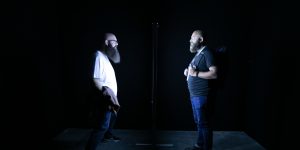
100 Jahre Bauhaus: We are not alone / Shared Habitats
We are not alone consoles and warns us: it promises an answer from the ecosphere – animals, plants, cosmos, which speak to us in an old-fashioned way – just as it reminds us that we still do not understand enough of this ecosphere, just as we overlook many other humans who do not live in our culture, our sphere of life, or our social class. And it reminds us that the world does not end with the Earth or even our own limited field of vision. At the same time, the title points out that our technologies are not passive tools that we use with our hands. Rather, they have mutated into co-creative teammates who make predictions, take decisions, and not only generate their own suggestions for action but also implement them. We are not alone! As artists and descendants of the Bauhaus, we recognize that our role is changing. We no longer believe in the heroic genius of the master who forms the world in a state of intuition. Embedding and feedback reveal that responsible action requires diverse cognitive variations that involve the counterpart in a performative way.
